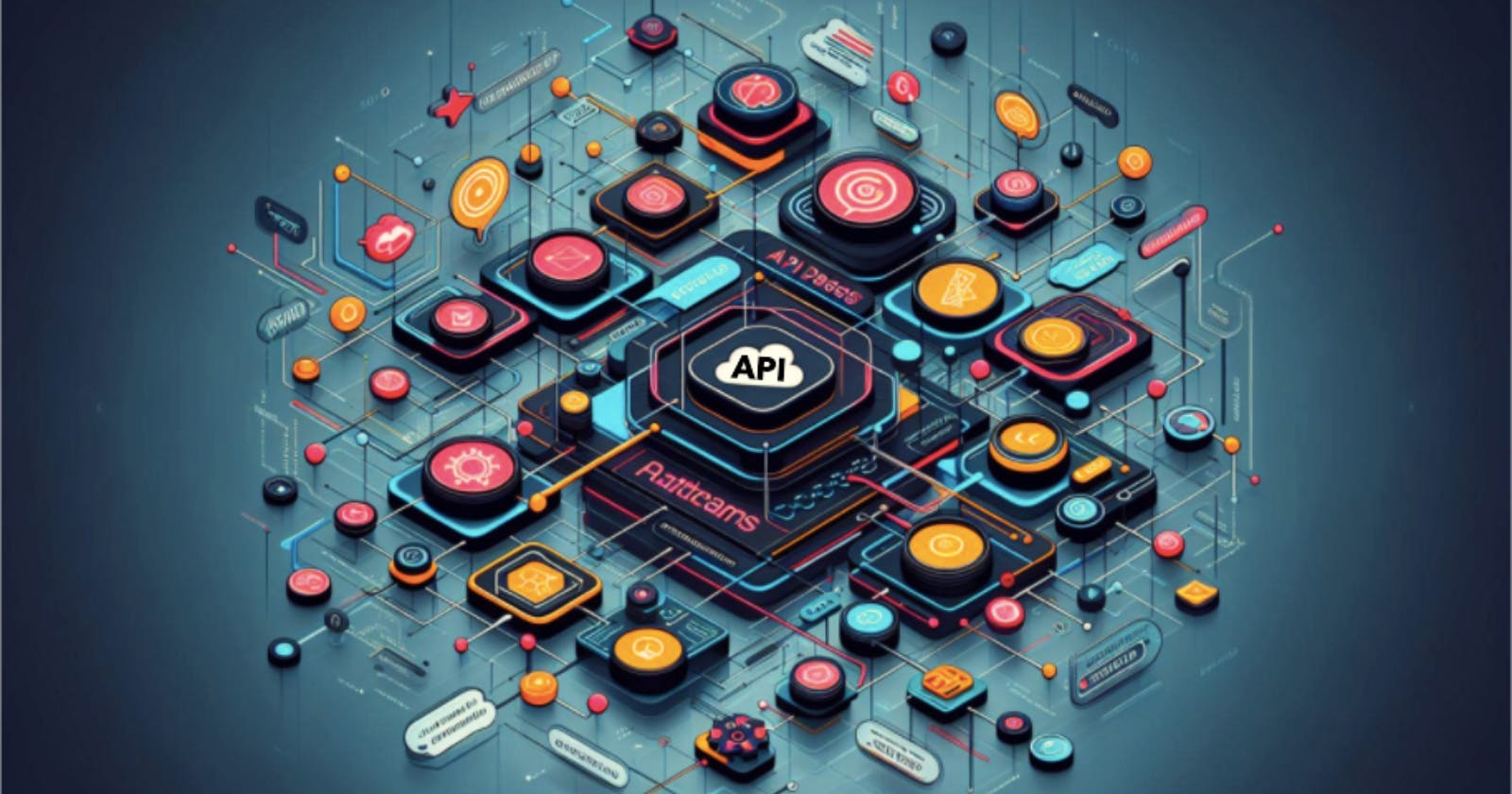APIs (Application Programming Interfaces) play a crucial role in modern software development. They allow different software systems to communicate with each other, enabling seamless integration and data exchange. Whether you’re building a web application, mobile app, or microservices architecture, understanding the basics of API design is essential. In this article, we’ll explore the fundamental principles of designing robust and user-friendly APIs.
1. Understand Your Audience
Before diving into API design, consider who will be using your API. Developers? Third-party applications? Internal services? Understanding your audience helps you tailor the API to their needs. Ask questions like:
What functionality should the API provide?
What data formats are most convenient for users?
How will developers authenticate and authorise their requests?
2. RESTful vs. RPC APIs
Two common approaches to API design are RESTful and RPC (Remote Procedure Call). Here’s a brief comparison:
RESTful APIs
Based on REST (Representational State Transfer) principles.
Use standard HTTP methods (GET, POST, PUT, DELETE) for operations.
Organise resources using URLs (e.g.,
/users,/products).Stateless and cacheable.
Popular for web services and public APIs.
RPC APIs
Focus on invoking specific methods or procedures.
Use custom endpoints (e.g.,
/calculate,/send_email).May not adhere strictly to HTTP conventions.
Often used in microservices architectures.
Choose the approach that aligns with your project’s requirements and developer preferences.
3. Resource Modelling
Identify the core resources your API will expose (e.g., users, orders, products).
Define resource endpoints (URLs) and their relationships (e.g.,
/users/{id}/orders).Use nouns for resource names (e.g.,
/users, not/getUsers).
4. HTTP Methods and Status Codes
Use appropriate HTTP methods:
GET: Retrieve data.POST: Create new resources.PUTorPATCH: Update existing resources.DELETE: Remove resources.
Return meaningful status codes (e.g., 200 for success, 404 for not found, 400 for bad request).
5. Request and Response Formats
Choose data formats (JSON, XML, etc.) based on user preferences.
Include relevant headers (e.g.,
Content-Type,Accept) in requests and responses.Validate input data and provide clear error messages.
6. Authentication and Authorisation
Implement secure authentication mechanisms (e.g., OAuth, API keys).
Define authorisation rules (who can access which resources).
Use HTTPS to encrypt data during transmission.
7. Versioning
Plan for API versioning from the start.
Include version numbers in URLs (e.g.,
/v1/users).Handle backward compatibility gracefully.
8. Documentation
Create comprehensive API documentation:
Endpoint descriptions
Request examples
Response formats
Authentication details
Error Codes
Tools like Swagger or OpenAPI can automate documentation generation.
9. Testing and Monitoring
Test your API thoroughly using tools like Postman or cURL.
Monitor API usage, performance, and errors.
Provide meaningful logs for debugging.
10. Error Handling
Define consistent error responses (e.g.,
{ "error": "Resource not found" }).Include error codes and descriptions.
Handle exceptions gracefully.
Conclusion
Designing APIs involves balancing functionality, usability, and security. By following these basics, you’ll create APIs that are reliable, maintainable, and developer-friendly. Remember that good API design is an ongoing process, so iterate and improve based on feedback and real-world usage.
